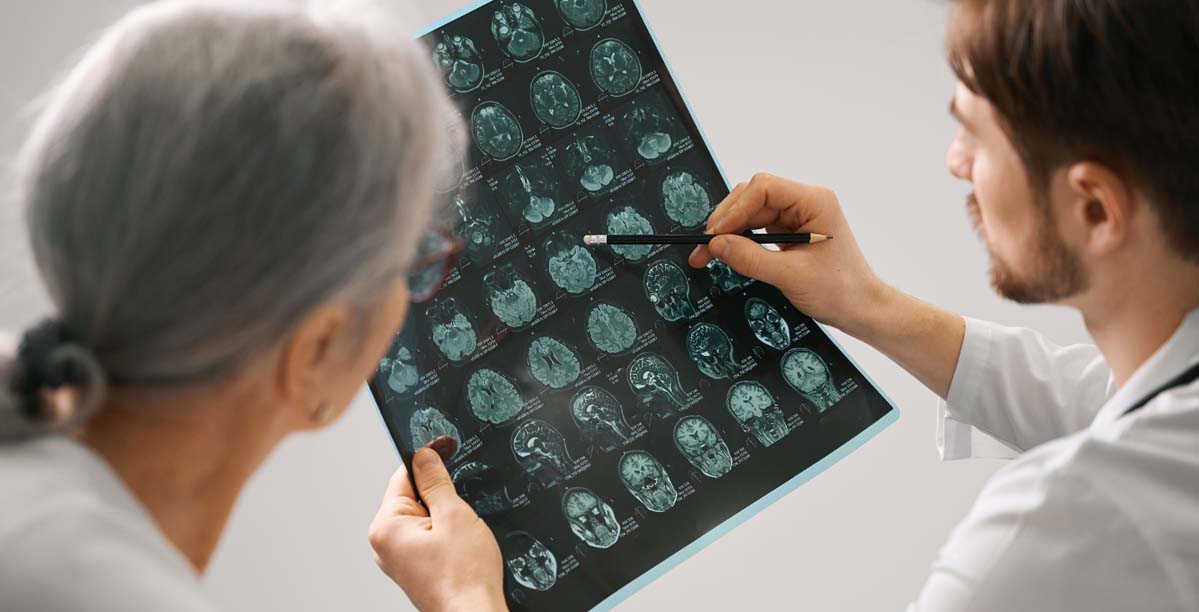Now Reading: About Stroke
-
01
About Stroke
About Stroke

Stroke is the No. 5 cause of death and a leading cause of disability in the United States.

Stroke is a disease that affects the arteries leading to and within the brain. It is the No. 5 cause of death and a leading cause of disability in the United States.
A stroke occurs when a blood vessel that carries oxygen and nutrients to the brain is either blocked by a clot or bursts (or ruptures). When that happens, part of the brain cannot get the blood (and oxygen) it needs, so it and brain cells die.
Up to 80% of strokes may be prevented.

What are the types of stroke?
Stroke can be caused either by a clot obstructing the flow of blood to the brain (called an ischemic stroke) or by a blood vessel rupturing and preventing blood flow to the brain (called a hemorrhagic stroke). A TIA (transient ischemic attack), or “mini stroke”, is caused by a temporary clot.
Read more about the different types of stroke
What are the effects of stroke?
The brain is an extremely complex organ that controls various body functions. If a stroke occurs and blood flow can’t reach the region that controls a particular body function, that part of the body won’t work as it should.
Learn more about how stroke affects the brain


Stroke Hero Toolkit
What’s your Super Power?
A simple guide for educators, mentors, advocates, youth leaders and parents.

Explaining Stroke
Many people think a stroke happens in the heart, but it happens in the brain. Our Explaining Stroke booklet explains how a stroke happens, different types of stroke and how to prevent a stroke.
Download our step-by-step booklet
Ways to Prevent a Second Stroke
About one in four stroke survivors suffers a second stroke. There are steps you can take to reduce your risk by working with your health care professional and developing a prevention plan.
TIA and Stroke: Medical Emergencies
When someone has shown symptoms of a stroke or a TIA (transient ischemic attack), they require immediate medical attention. A doctor will gather information and make a diagnosis and begin a course of treatment depending on the cause of the stroke.
Learn more about TIALearn the types of stroke treatment

Stroke Family Warmline:
1-888-4-STROKE or 1-888-478-7653
Monday-Friday: 8:30 a.m.-5 p.m. CST



